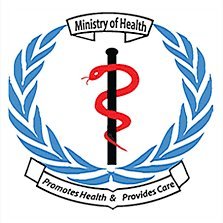Surveillance
- home //
- Surveillance
Surveillance comprise of team members that identify contact for any virus, listing the contact s, follow-ups and quarantine for case of OCIVD-19. The major purposes include;
- Deploy surveillance teams to affected area for active surveillance in health facilities and communuties.
- Identify and trace all contacts (family members, co-travellers, visitors, care takers, healthcare providers).
- Surge staff and logistics for contact tracing field work.
- Monitor contacts and provide psychological support; food and non-food items.
- Reinforce screening at border crossing points with hand washing stations.
